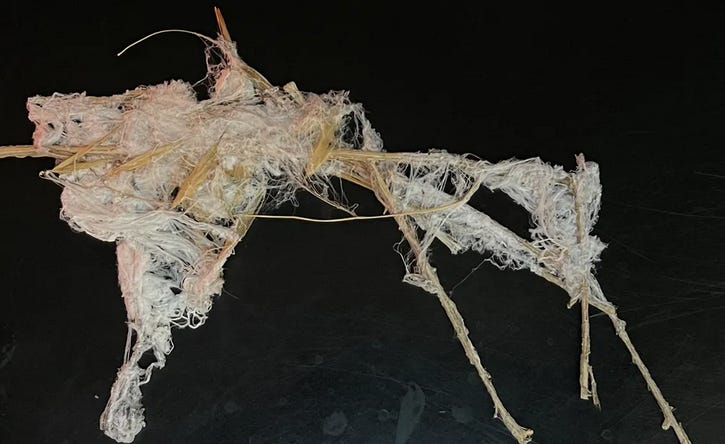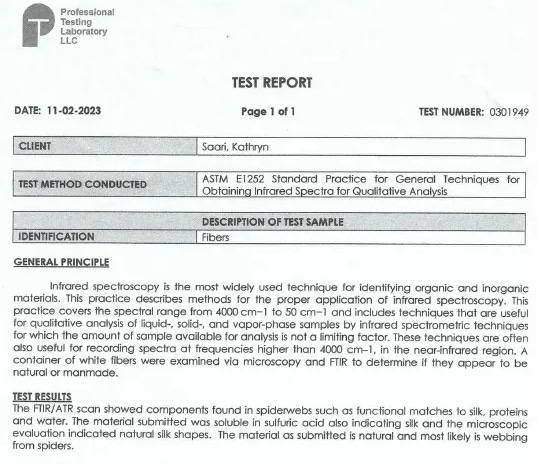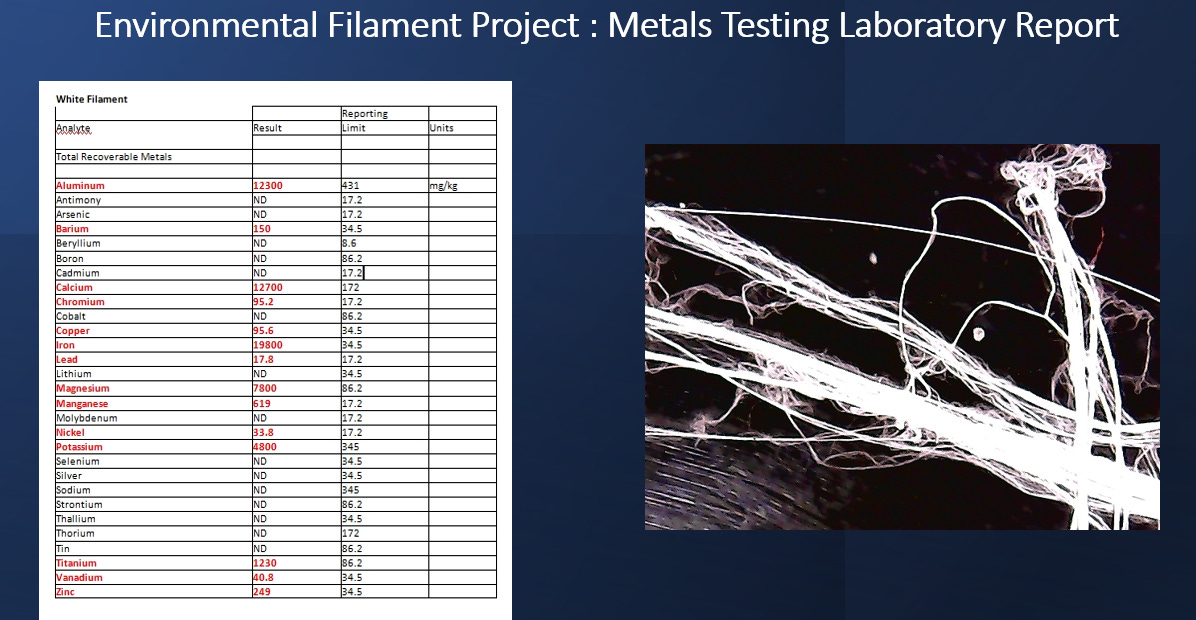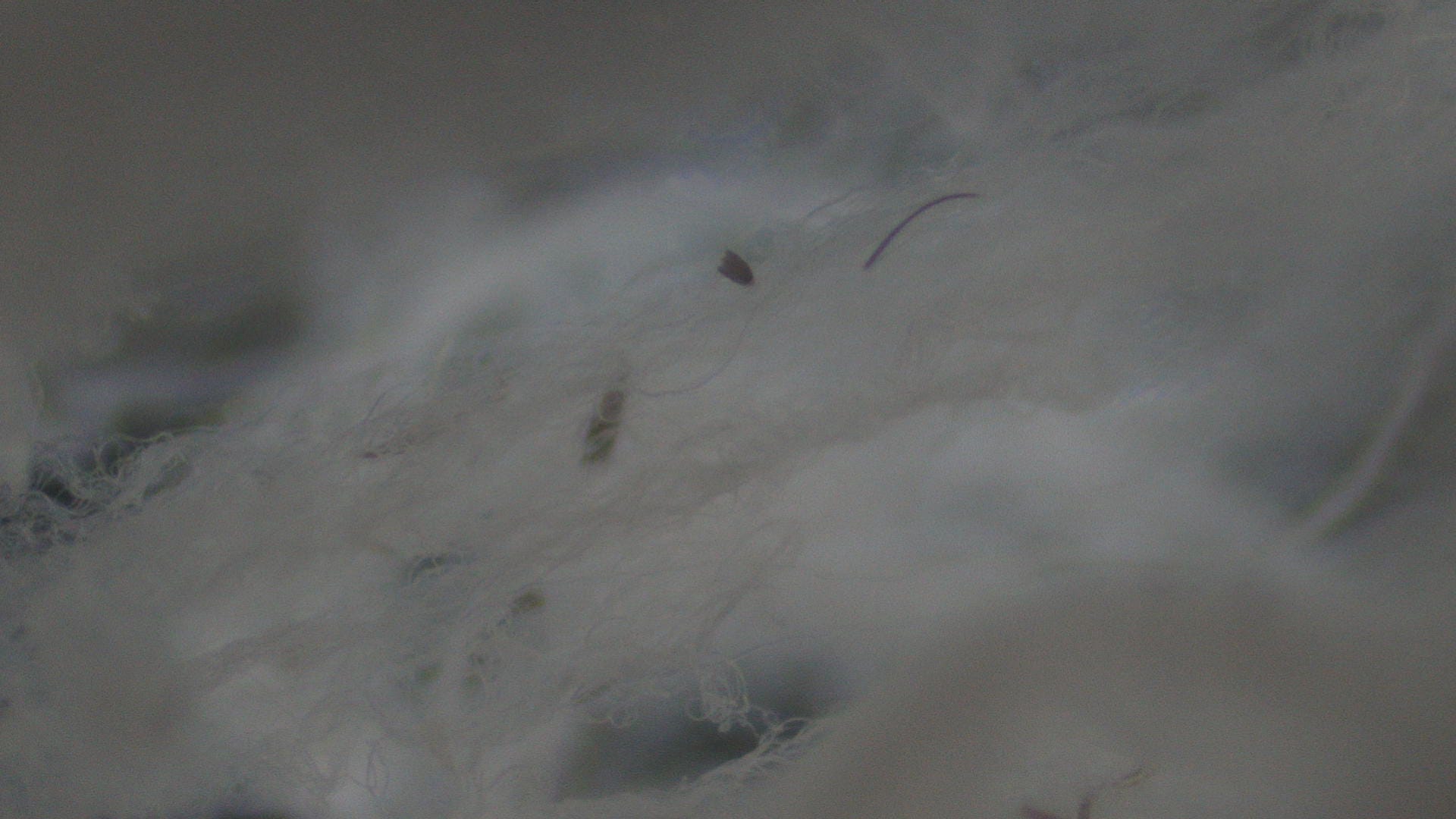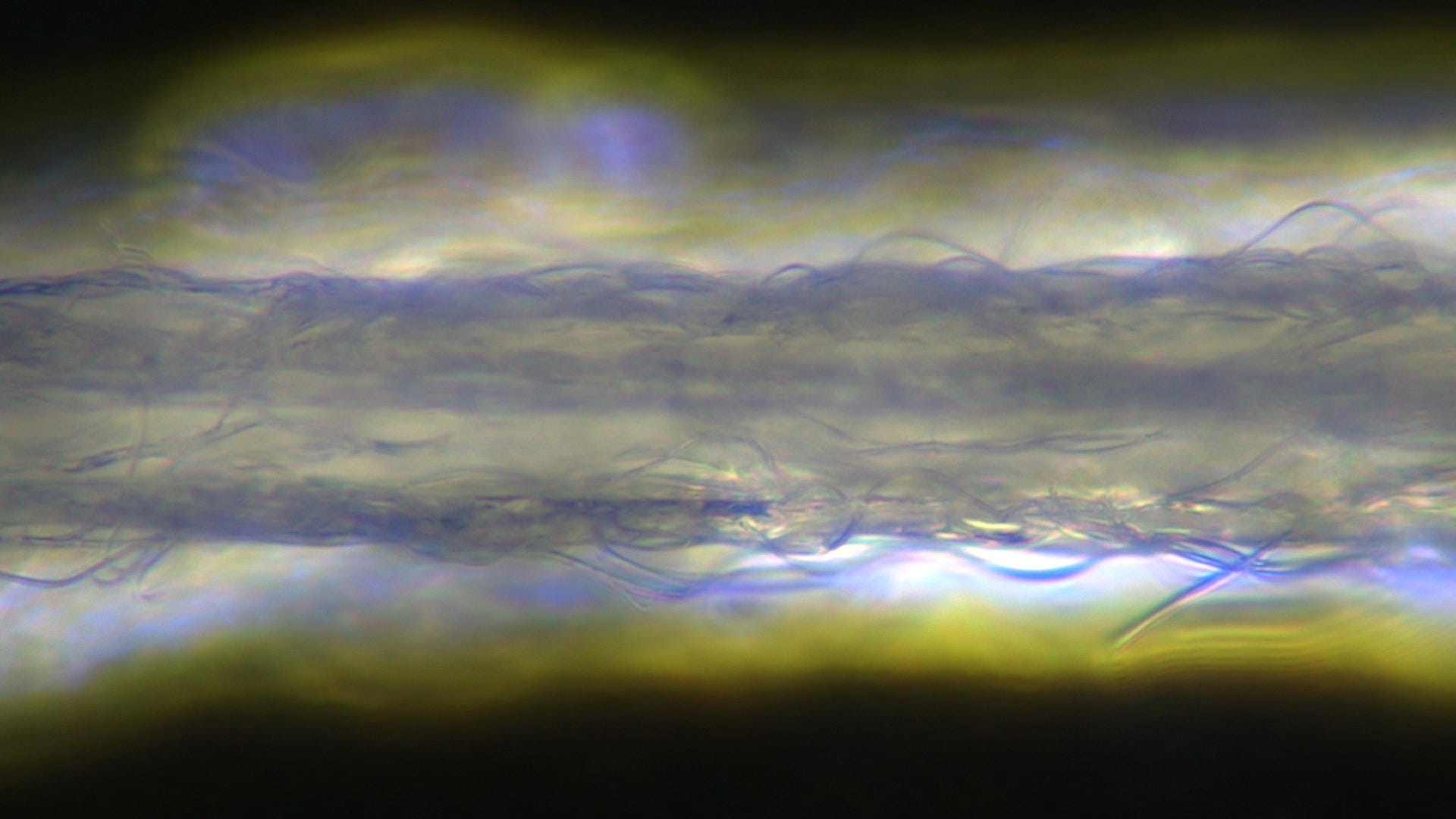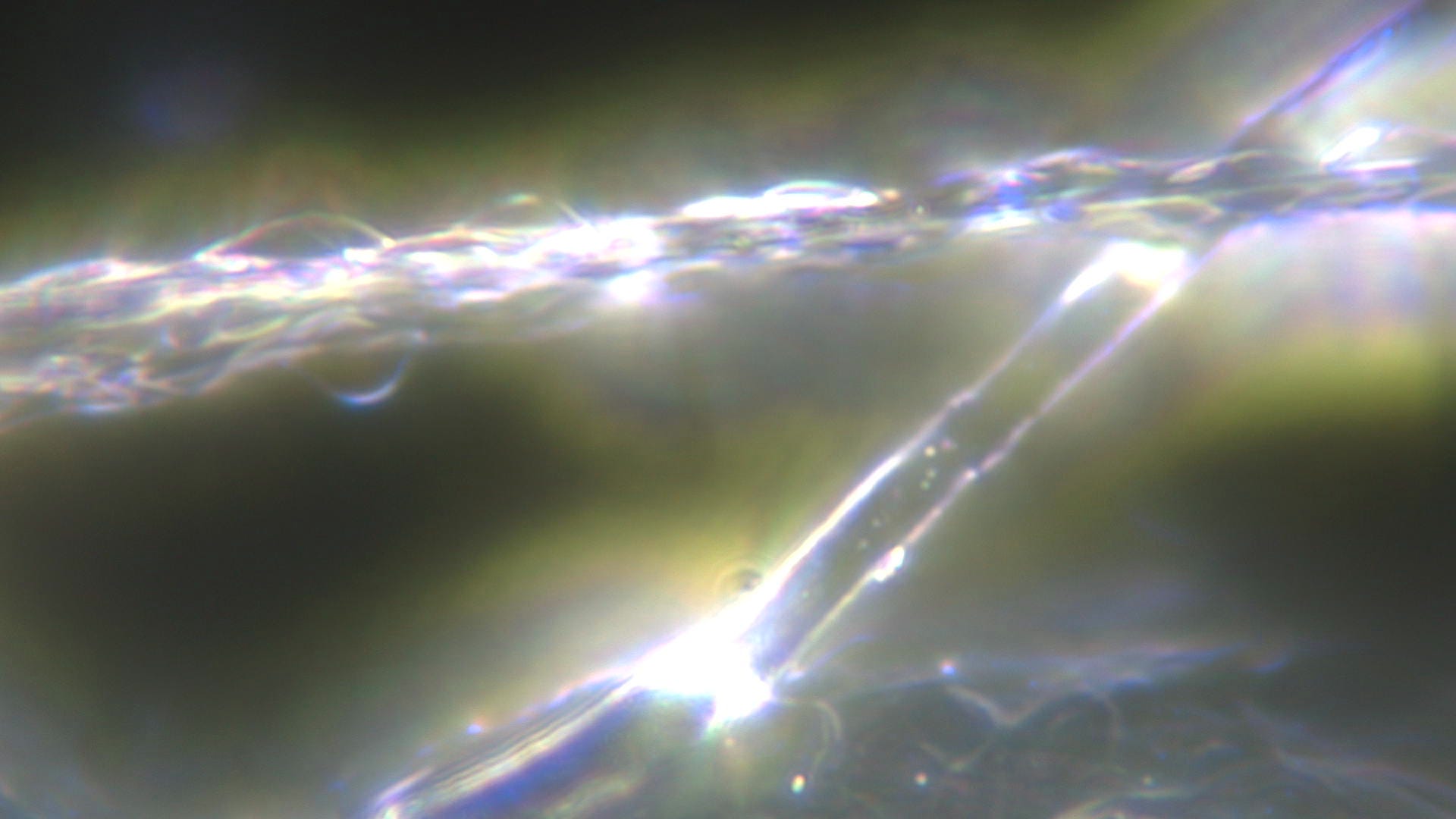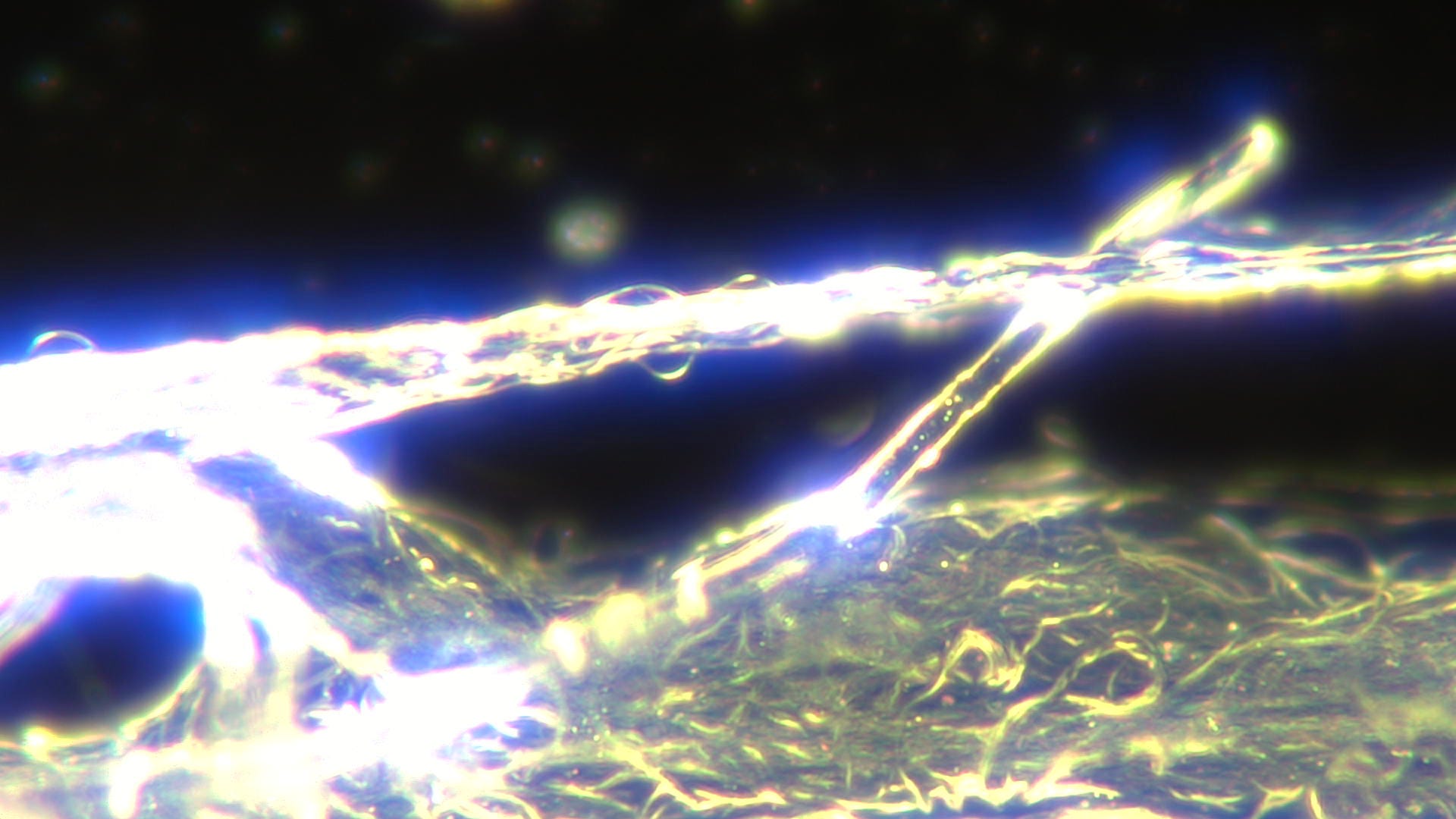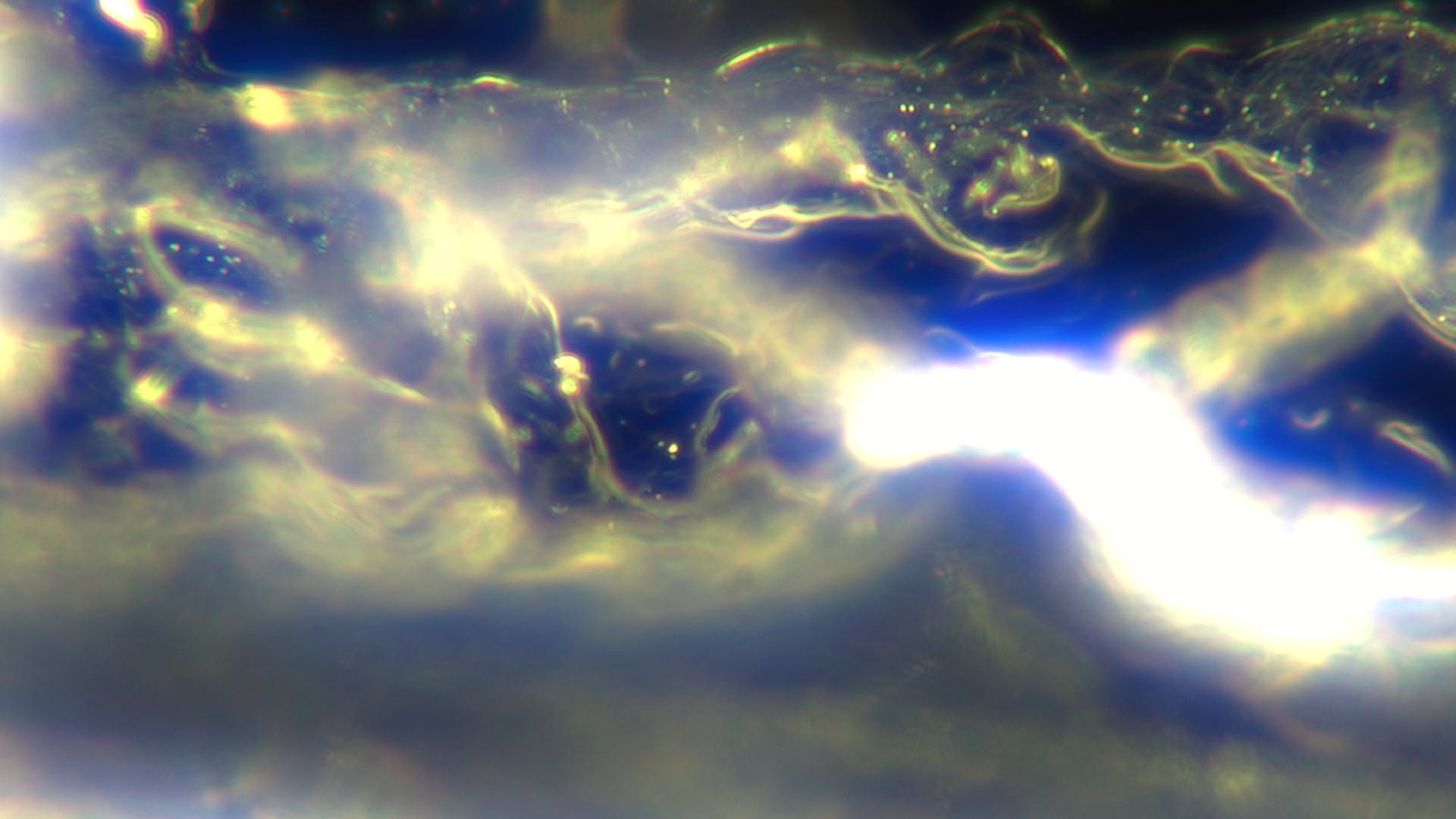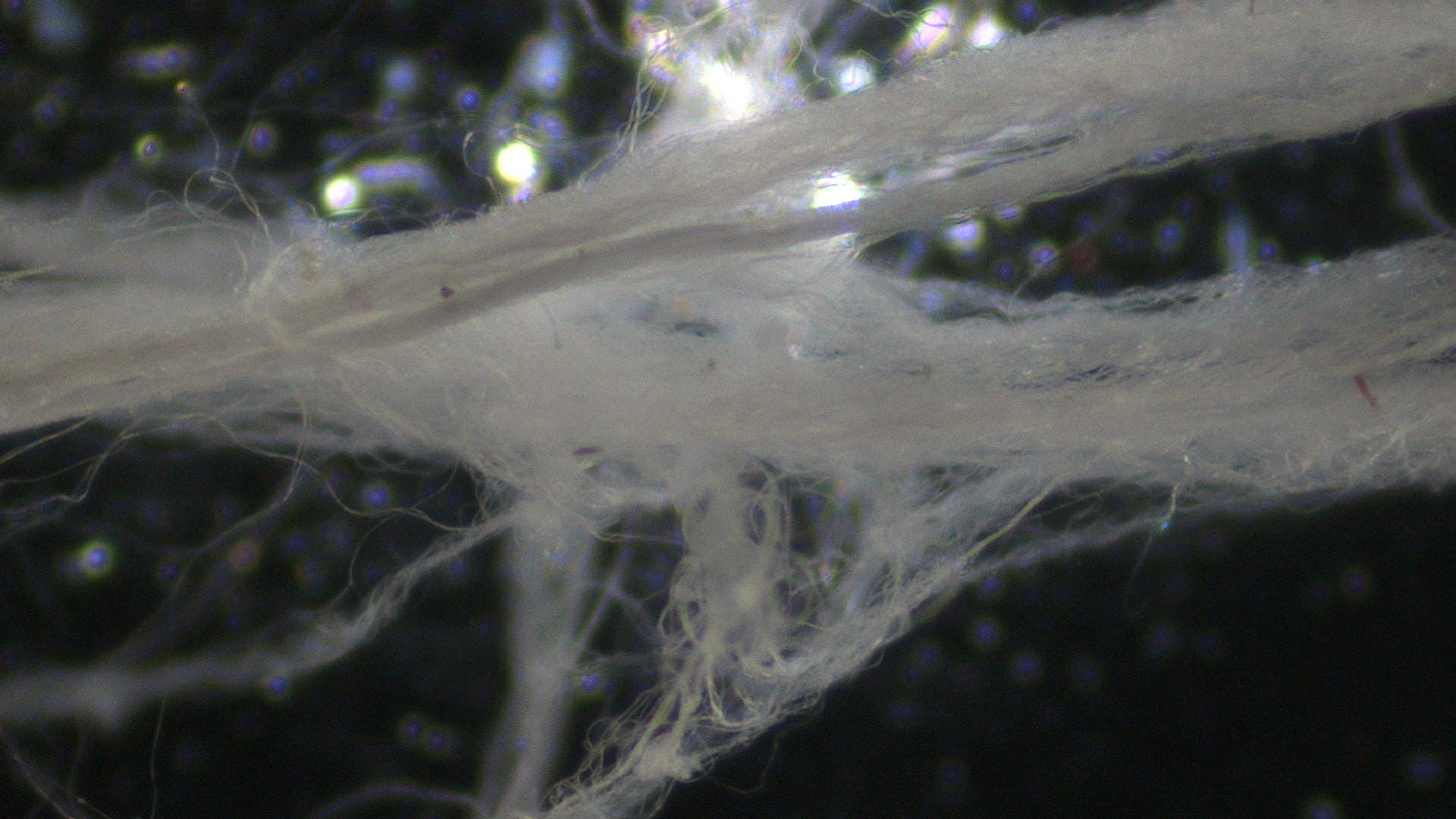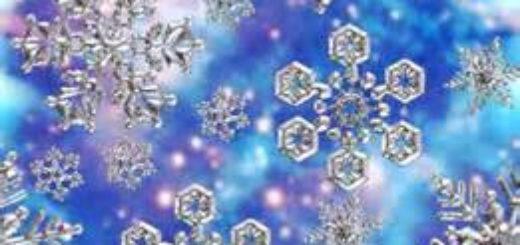Spider Silk Polymer Sprayed Via Geoengineering Operations From California – Darkfield Microscopy Analysis
Image: Spider silk specimen as received I recently did an interview with Reinette Senum, during which she asked me if I would help with furthering the investigation of “Spider Silk” found in Jamestown, California, suspected to come from geoengineering operations. Kathryn Saari had already done Infrared Spectra for Qualitative Analysis. The conclusion was that this is natural spider webs. Here is the report: Polymers have been sprayed via geoengineering operations for decades. I have shown multiple previous examinations of similar white environmental filaments. Optically they absolutely do not look like spider webs for they are much thicker and more durable. The above conclusion that this is “natural spider silk” is unsatisfactory to me. Here is the environmental metals analysis that Clifford Carnicom did years ago, showing the classic metals used for geoengineering weather warfare: I have also shown the french analysis from 2012 showing the exact same whitish filaments sprayed via weather warfare geoengineering operations. Image: Environmental filament sprayed via geoengineering projects prior to analysis from France However spider silk is a polymer has been deployed and developed since 2002 Nexia Delivers Recombinant Spider Silk by a Canadian Biotechnology company, Nexia.
Nexia was later sold to PharmAthene, Inc, a privately held biotechnology company focused on the development of biodefense therapeutics. I will discuss the very revealing use of spider silk proteins, which are polyamides, the same proteins that we found creating the rubbery clots in humans in detail in another post. Here, I am showing my Darkfield Microscopy of the specimen first. Image: 200x magnification, darker filaments and debris structures seen Image: 2000x magnification Image: 2000x magnification – punctuate colorful inclusions similar to the Quantum Dot structures in the blood are seen within some filaments Image: 2000x magnification Image: 2000x magnification Image: 1000x magnification, inclusions or debris seen Image: 1000x magnification, Morgellon’s like chips seen, unusual colors noted like orange and red Image: 400x magnification, it is easily visible that this is much more durable and much thicker than natural spider silk. Summary: This sample did not appear natural to me. I will be discussing the extensive use of spider silk proteins in nanotechnological and biotechnological applications, since this is a self assembly polymer that is also used for transdermal vaccine delivery, biosensing applications, brain computer interface, creation of synthetic neurons and synthetic biology. It is important to note that the deployment of this technology has been going on for over 20 years. The in depth chemical analysis done from France identified many different types of polymers and the presence of dangerous phthalens, which are endocrine disruptors. I have discussed previously that the initiation of self assembly from a nano scale to macro scale requires metals as a catalyst. Clifford Carnicom had an analysis done showing that these environmental filaments contain large amounts of metals. The reason this is of interest to me as a health care provider and should to you as a human being inhabiting this earth, is that we are inhaling these polymers and they replicate in our body. Morgellons was described as a biosensing technology that detects the resonant DNA fequency of humans and allows it to be accessed specifically via microwave frequency. The technology that is used for Targeted Individuals and that is now deployed in everyone via the C19 bioweapons, the food and water supply and the air we breathe is the same in concept but changing in nanotechnological advanced materials. Smart dust biosensors and Quantum Dot technology is used for surveillance and population control and are integral for the AI controlled upload of human data into the metaverse. Those spider filaments appear to contain Quantum Dot like structures visible, estimated to be in the 500nm size range in the above photos. Discussion to continue… Thank you to Kathryn Saari and Reinette Senum for allowing me to post this research. |

